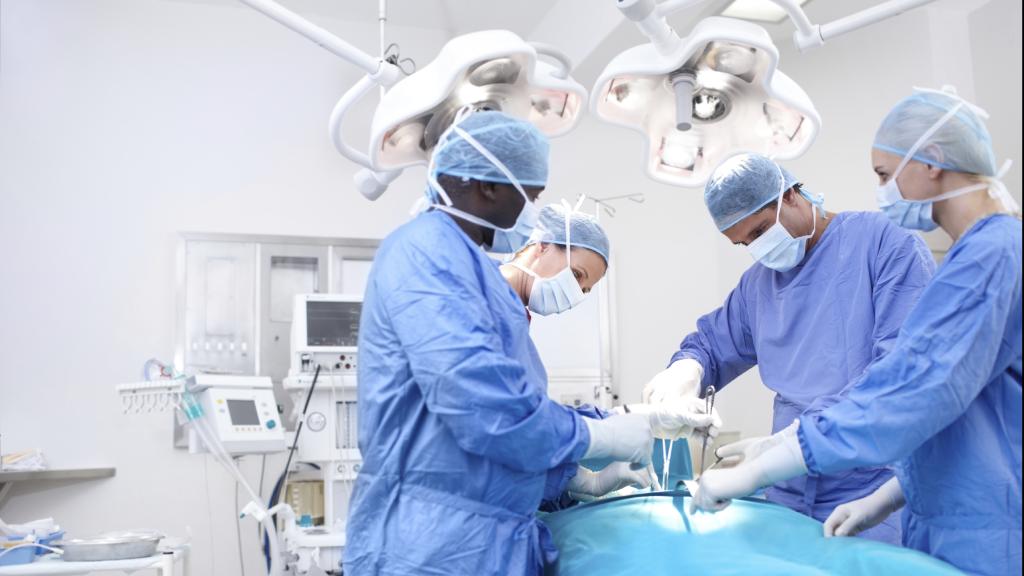How is sarcoma treated?

Surgery is the main treatment for sarcoma. Radiotherapy, chemotherapy and targeted therapies can also be used.
If you have been diagnosed with a sarcoma, your doctor will discuss the best treatment for you. This will depend on:
- The size of the lump
- Where it is in your body
- The type of sarcoma
Surgery
Surgery is the main treatment for sarcoma. Surgery aims to remove as much of the tumour as possible. The extent of the surgery will depend on the exact position of the sarcoma in your body. Your doctor might have to remove part of your limb (amputate).
Usually it is possible to remove the cancer and some of the tissue around it. This is called limb-sparing surgery.
Reconstructive surgery might be done if a large area of tissue is removed. This is also known as cosmetic or plastic surgery. The aim of this surgery is to make the area look and function as normal as possible. For larger areas, a skin graft might be needed.
Radiotherapy
This involves using high energy rays to kill the cancer cells. It is an important part of treatment for soft tissue sarcomas, particularly those that affect your arms and legs. It may be given before or after surgery.
Chemotherapy
Chemotherapy uses anti-cancer drugs to destroy cancer cells. For example, doxorubicin and ifosfamide.
Chemotherapy is most frequently used if the sarcoma has spread to other parts of the body. It is also used for sarcomas such as osteosarcoma, Ewing’s sarcoma and rhabdomyosarcoma. These sarcomas most frequently occur in children and young adults.
Chemotherapy can also be given before or after radiotherapy and surgery or along with radiotherapy, to make the radiotherapy work better.
Will treatment cure my sarcoma?
Many sarcomas can be treated successfully, particularly the slow-growing/non-aggressive types (low grade) and sarcomas in children (paediatric sarcomas).
The success of treatment is also higher if the sarcoma is diagnosed at an early stage, for example, when it’s small and before it has developed the ability to travel to other parts of the body.
Like with many cancers, doctors don’t generally use the term ‘cure’ when talking about sarcoma – as it can come back again (recur).
If a sarcoma is going to recur or travel to another part of the body then this generally happens within the first 2-5 years after treatment. After 5 years the chance of recurrence reduces greatly.
Will I get side-effects from treatment?
The type of side-effects you get will depend on the type of treatment, the dose, the duration and your own general health. Read about the different treatments to see possible side-effects. Your doctor or nurse should also discuss any possible side-effects with you before your treatment.
For more information
Phone
1800 200 700




